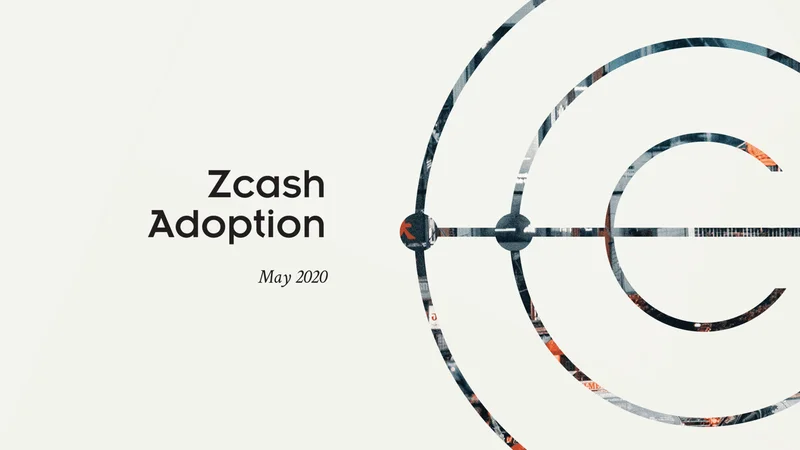IRS Relief Payment: Status, Timing, and What the Data Shows
The Phantom Stimulus of 2025: A Data-Driven Reality Check
The digital ether is buzzing again. Search traffic is up, social media is churning, and a familiar question is echoing in forums and family group chats: Is another federal stimulus check coming? Specific numbers are being thrown around—$1,390, $1,702, even a round $2,000—creating a groundswell of expectation and a flurry of articles asking, Are we getting stimulus checks in November? Updated, IRS tax refund status, rebate check.
But when you strip away the anecdotal chatter and look at the verifiable data from the IRS and Congressional records, a starkly different picture emerges. The widespread belief in a new, universal stimulus payment is a phantom, a ghost constructed from a patchwork of unrelated state programs, expired federal aid, and purely speculative political proposals. Let’s separate the signal from the noise.
Deconstructing the Payment Landscape
The core of the confusion lies in the conflation of multiple, distinct cash flows. People are receiving money from various government bodies, but they are incorrectly labeling it all under the "stimulus" banner. It’s a classic case of pattern recognition gone awry.
First, we have targeted, state-level relief. Several states, including New York, Pennsylvania, Georgia, and Colorado, are issuing what they call "inflation relief checks" or "rebate checks." These are not federal initiatives. New York’s program, for instance, sends $200 to individuals earning up to $75,000. New Jersey has its ANCHOR program, providing property tax relief that can be substantial for some homeowners (up to $1,750 for eligible seniors), but it’s a specific rebate for a specific population, not a broad economic stimulus. These are surgical interventions, not the carpet-bombing of cash we saw during the pandemic.
Second, there are the routine, annual tax refunds. The IRS’s "Where's My Refund" tool is processing millions of inquiries, as it does every year. A direct deposit from the Treasury might feel like a stimulus, but it’s simply the government returning a taxpayer’s own overpaid funds. The processing time is standard—within 21 days for e-filers—and has no connection to any new economic relief legislation.

And this is the part of the analysis that I find genuinely concerning. The online discourse is treating these disparate payments as evidence of a single, coordinated federal effort. It's like seeing a car, a bicycle, and a scooter and concluding a new fleet of "personal transport vehicles" is being issued to everyone. The conclusion is grander than the evidence supports, and this gap is being actively exploited by scammers, prompting official warnings from the IRS about phishing texts and impersonators.
Legislative Ghosts and Political Trial Balloons
So where are the rumors of a fourth federal check coming from? They originate from two sources: legislative proposals that have not become law and political rhetoric that has not been translated into policy.
There is, for example, the "American Worker Rebate Act of 2025," a proposal from Sen. Josh Hawley. It aims to send checks to working families. The key data point here is its legislative status: it has not passed through Congress. I've looked at hundreds of these filings, and the journey from a bill's introduction to presidential signature is a brutal gauntlet of committees, amendments, and floor votes. Most proposals never finish it. Treating this bill as a guarantee of payment is a fundamental misreading of the legislative process.
Then we have the more speculative ideas. Former President Trump has floated two concepts: a rebate funded by new tariffs and a "DOGE dividend" supposedly derived from government efficiency savings. The tariff idea is an interesting bit of fiscal maneuvering, but it remains a concept, not a plan. The "DOGE dividend"—a proposal to return $5,000 to taxpayers—is even more abstract, with no concrete details or formal policy paper attached. These are trial balloons, designed to gauge public reaction, not disburse funds.
The final, and perhaps most important, data point is a hard deadline. The window to claim the third and final COVID-era stimulus check (the $1,400 payment from 2021) officially closed on April 15, 2025. That program is over. Any unclaimed funds are now the property of the U.S. Treasury. There are no extensions or appeals. The book is closed.
The Signal Is Weaker Than the Noise
Let's be perfectly clear. There is no evidence of an impending fourth federal stimulus check. The current environment is not a prelude to a new wave of universal payments; it is the messy, fragmented aftermath of an unprecedented period of fiscal intervention. What we are seeing is a combination of localized state aid, routine tax refunds, and political hypotheticals being woven together by social media algorithms into a compelling but entirely false narrative. The desire for another check is real and understandable, but hope is not a data point. The signal—the actual, verifiable information from official sources—is being drowned out by the noise of speculation and scams. The most valuable financial move anyone can make right now is to ignore the rumors and focus on the facts.
-

The Juan Gabriel 'Alive' Hoax: Deconstructing the Latest 'Proof'
So,JuanGabrielisaliveagain.I...
-

Jeff Bezos: His Net Worth, His Love Life, and Why We're All Obsessed
So,JeffBezoshasdescendedfrom...
-

Zcash's Sudden Price Surge: Analyzing the Catalysts and Its Future Outlook
Zcash'sViolentRally:Deconstruct...
-

Warren Buffett's OXY Stock Play: The Latest Drama, Buffett's Angle, and Why You Shouldn't Believe the Hype
Solet'sgetthisstraight.Occide...
-

Registered Investment Advisor (RIA): Defining the Role, Services, and Fee Structures
TheQuietRuleChangeThatWillRe...
- Search
- Recently Published
-
- Cidara Therapeutics: Stock, News, & The Usual Spin?
- ANyONe Protocol: What the hell is it, and is it even real?
- BMO: The Bank, The Stadium, The Cartoon, and Why You Should Care
- BBAI Stock: The Investment Case vs. The Current Data
- CoreWeave's Stock Nosedive: What They're Not Telling You
- IRS Relief Payment: Status, Timing, and What the Data Shows
- Zcash's "Historic Surge": Hayes is Hyping It?
- BMO: What is it and Where Can I Find One?
- Avelo Airlines: FAA Cuts and the Lakeland Linder Opportunity
- SpaceX Launch Today: What Happened and Launch Time Details
- Tag list
-
- carbon trading (2)
- Blockchain (11)
- Decentralization (5)
- Smart Contracts (4)
- Cryptocurrency (26)
- DeFi (5)
- Bitcoin (29)
- Trump (5)
- Ethereum (8)
- Pudgy Penguins (5)
- NFT (5)
- Solana (5)
- cryptocurrency (6)
- XRP (3)
- Airdrop (3)
- MicroStrategy (3)
- Stablecoin (3)
- Digital Assets (3)
- PENGU (3)
- Plasma (5)
- Zcash (6)
- Aster (4)
- investment advisor (4)
- crypto exchange binance (3)
- SX Network (3)
